If you're a first time whale watcher it is perfectly normal that you don't exactly know what to look for, but you should know that whale watching with Elding is a team effort and everyone on board is encouraged to help out. There are a few tips and tricks that can help you identify signs of whales and dolphins from a distance, and a few things to keep in mind when venturing out into open seas.
The number one rule of whale watching in Iceland is to keep warm. There's no fun in staying out on deck in the arctic conditions and not being able to enjoy the sightings to the fullest, so grab a comfortable overall from our cloakroom before doing anything else.
On the highest platform of the boat sits our guide, where they have a good 360° view of the bay. We use the clock system to notify passengers of any sightings, so say for example if a whale is to the right of the boat, that would be 15:00 o'clock and behind the boat would be 06:00 etc. Listen carefully to the information provided throughout the tour and follow the crew's directions. Keep in mind that whales can move quickly and therefore it is easy to miss sightings if you're not paying attention.
We never know where the whales and dolphins may pop up, so be ready to scan the horizon from left to right and back again. It is important that you look both far and near and don't forget to look to the back of the boat, it's an area often overlooked.
The first indication of a cetacean is usually a blow from afar, but can also be a splash, dorsal fin or a fluke. Look for anything that breaks the surface, but don't worry if the waves are too high, there are other ways to find wildlife. If you see a flock of birds sitting on the surface or diving into the water that can often be an indication of schooling fish below which feed both birds and whales. If there are fishing boats around, make sure to keep an eye out in their direction as well.
Once you spot a whale, try and recognise which direction it is headed to and look closely to the area you saw it last. To indicate the sighting to the crew, hold your hand out in clear direction of the whale. Whales can hold their breath for a long time, so don't worry if you don't see it again for a few minutes, it is likely that the whale simply went for a deep dive but will return to the surface again shortly.
Sometimes it is hard to differentiate between species and therefore it is good to know a few key details about the most common species in the area you are whale watching in. Here in Reykjavík (Faxaflói bay), the regular species are humpback whales, minke whales, white-beaked dolphins and harbour porpoises. Luckily, these species are all quite different from one another, making it easy for us and for you to identify!
Characteristics of whales & dolphins:
Humpback whale:

Characteristics: 13-17 metres, black body, bumps on head and jaw, long white pectoral fins, barnacles
Spout: White arch / column up to 15 metres tall
Dorsal fin: V / U shaped with a hump in front
Fluke: Lobed shape, pointy tips, usually white on underside
Behaviour: Curious, slow moving, deep dive with fluke in the air, mainly solo but also seen in groups, sometimes seen lobbing, breaching and rolling
Minke whales:

Characteristics: 7-11 metres ,streamlined body, white patch on pectoral fins, pointy snout
Spout: Low and bushy, often inconspicuous but can be smelled even if not seen
Dorsal fin: Falcate / curved and pointing backwards
Fluke: Broad and pointy, not typically seen when the whale goes for a dive
Behaviour: Can be elusive, quick to surface
White-beaked dolphins:
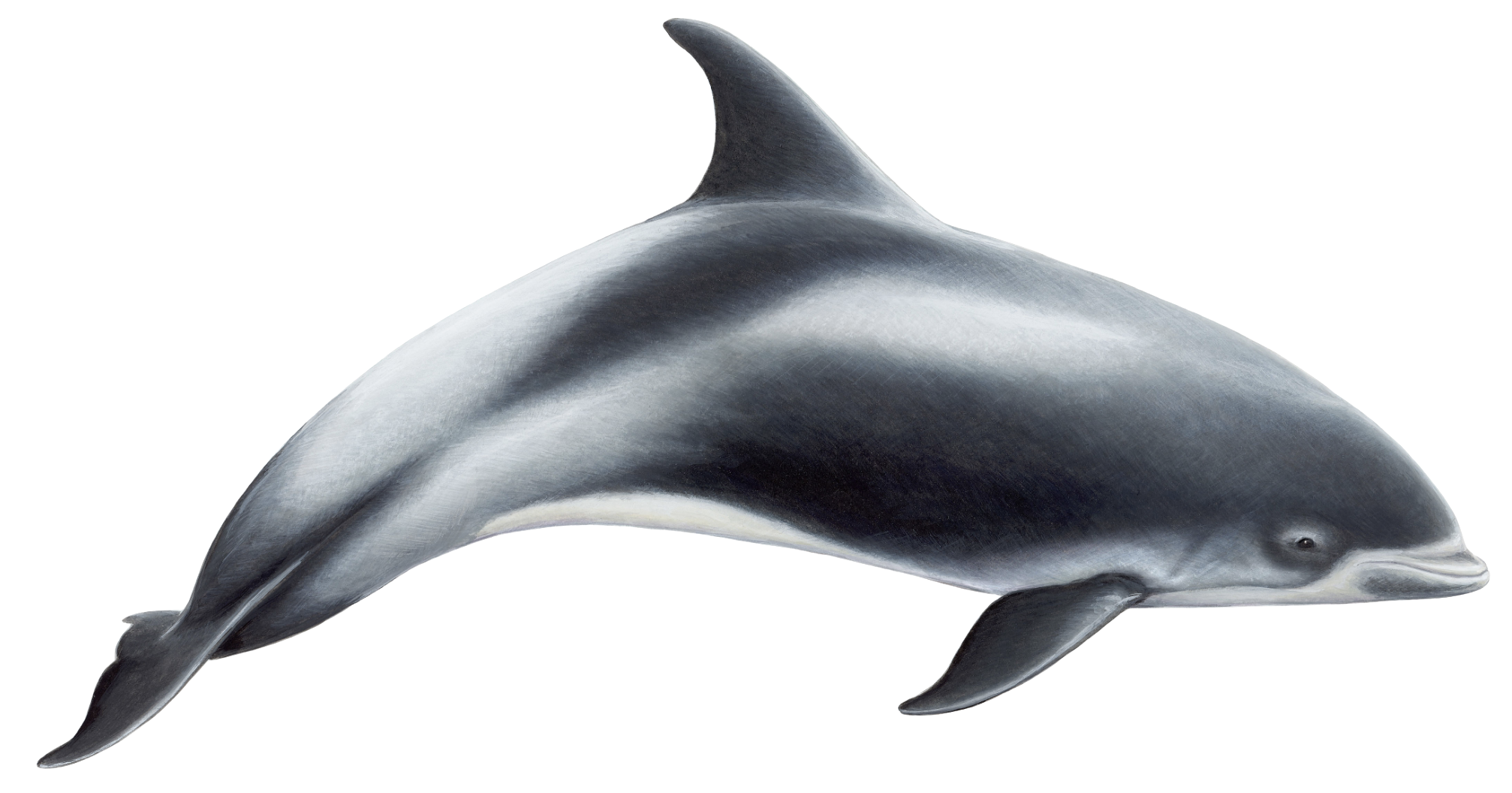
Characteristics: 2,5-3 metres, white snout, white patches on belly and sides, dark gray body
Spout: Can only be seen under good conditions, they move quickly and don't surface very high out of the water
Dorsal fin: Tall compared to their body size, curved backwards
Fluke: Mostly dark gray, pointy at the ends
Behaviour: Highly sociable, often in groups of 10-20 but can form superpods of 100+, move very quickly, often seen jumping, rolling and riding the waves of boats
Harbour porpoises:
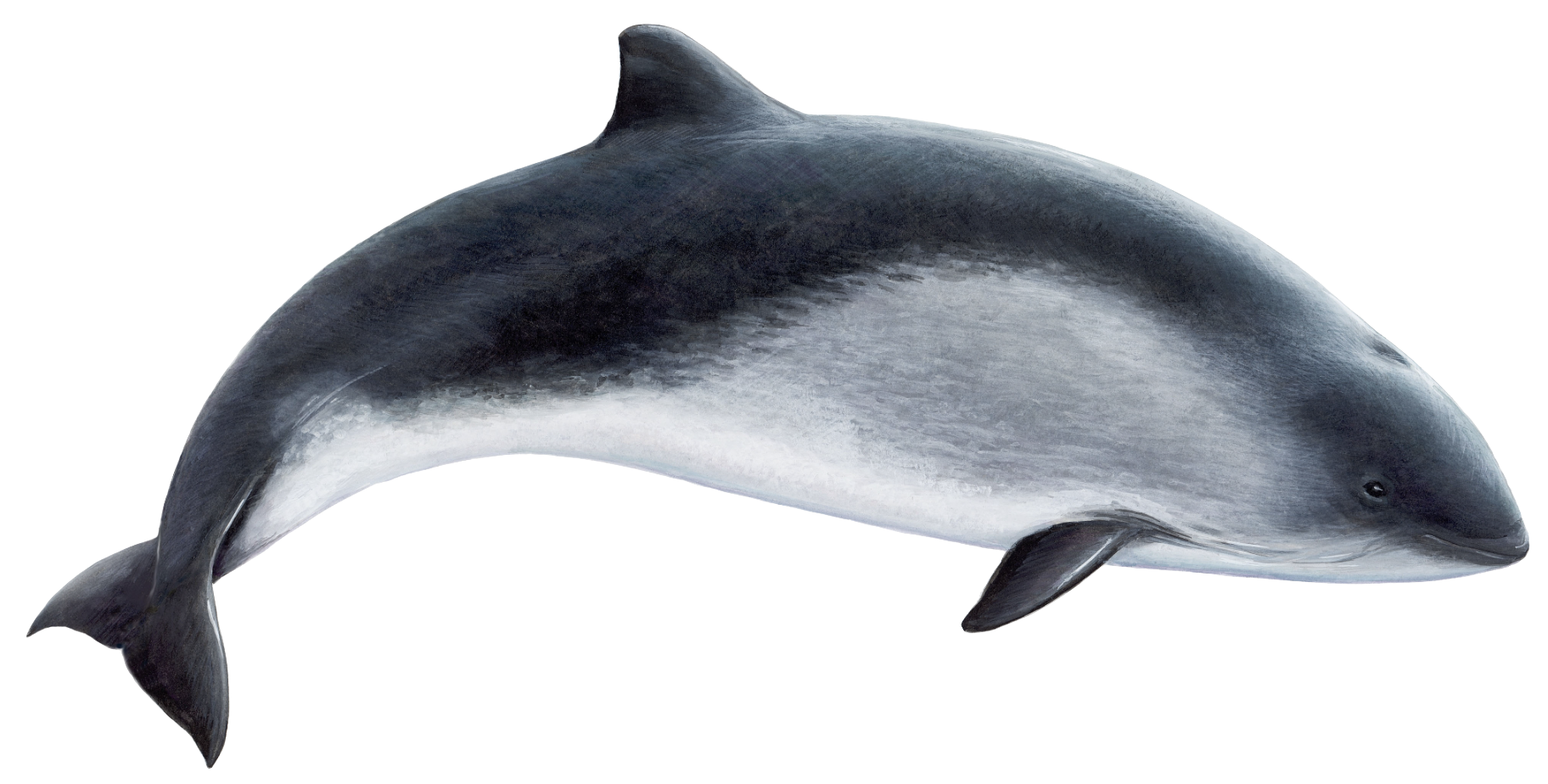
Characteristics: 1,5-2 metres, often confused with dolphins, dark gray on back but lighter on the underside
Spout: Can only be seen under good conditions, not easy to spot from far away
Dorsal fin: Short, gray V / U saped
Fluke: Dark and pointy at the ends
Behaviour: Sociable within the species, mostly elusive, tend to move fast
And there you go; a few tips on how to spot whales and dolphins in Iceland! Of course it can happen that we don't see any whales or dolphins, but that is the wildlife aspect of the tour. After all, the tour is set in the wild, not a zoo. However, in case of a non-sighting tour we offer a free return ticket so you can come again as many times as needed until you eventually see some whales or dolphins.
See our wildlife adventures:
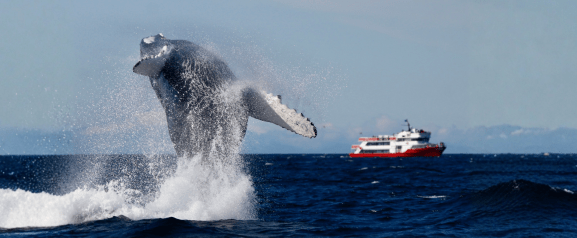
This is the original whale watching tour from Reykjavík! Join our highly enthusiastic and experienced team in the search for whales, dolphins and birds of Faxaflói bay! Most common wildlife encountered are humpbacks, minkes, dolphins and porpoises.
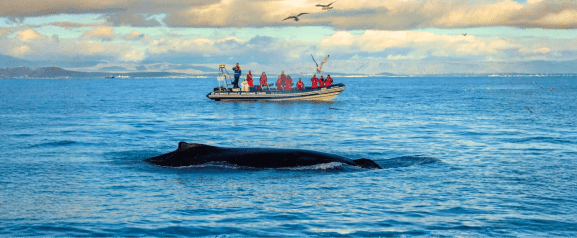
An exhilarating premium tour starting from the Old Harbour in Reykjavík, with daily departures from 1 Apr - 31 Oct. A personal, small group tour with only 12 person per boat, a specially trained wildlife guide and a certified RIB boat captain.




